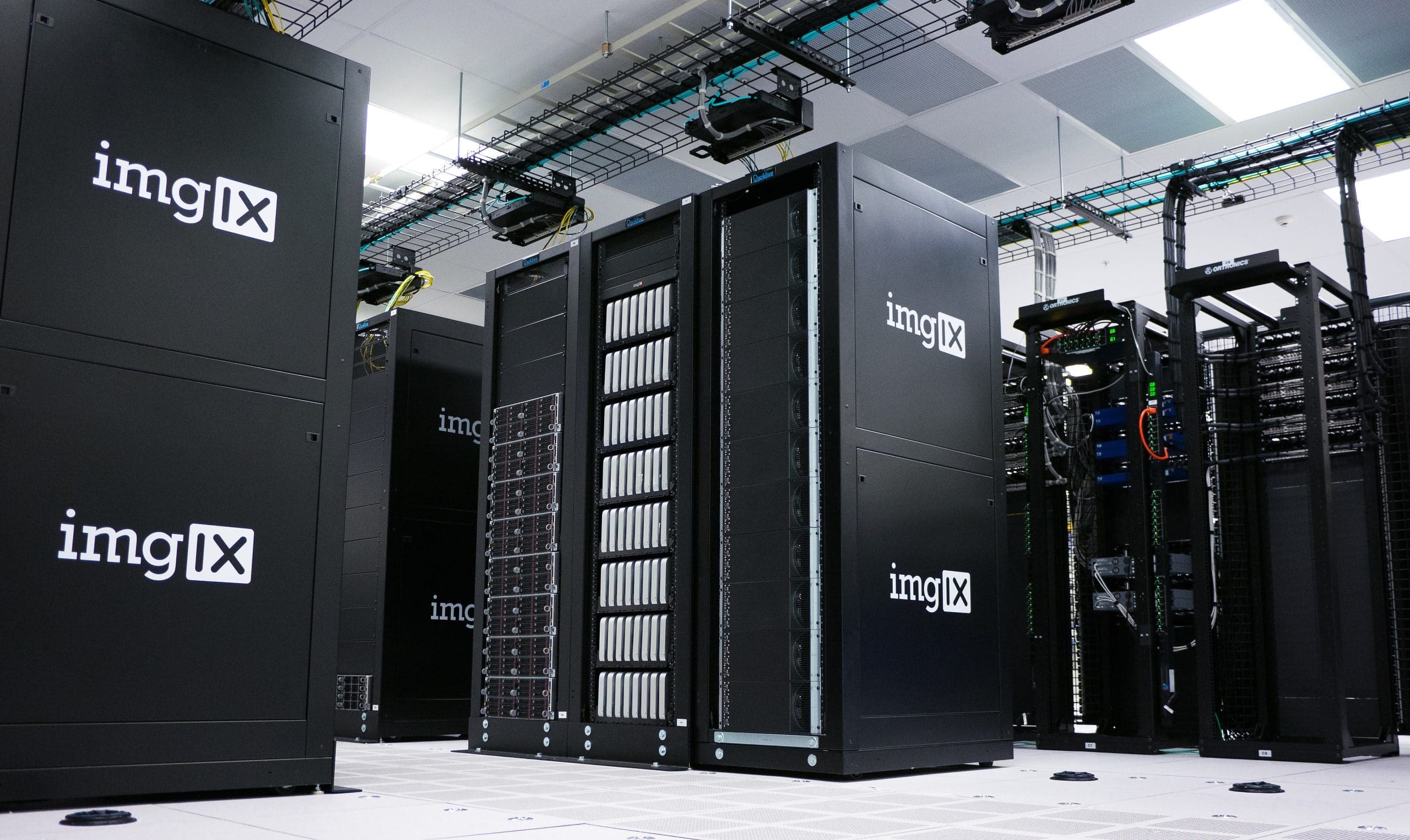
Note: This is a guest post written by Avis Orosco – In the dynamic realm of modern business, leveraging technology effectively is crucial to staying ahead. Proactive IT support solutions are central to this effort, helping companies to maintain smooth operations and driving growth. These strategies go beyond mere troubleshooting; they proactively address potential challenges and fine-tune processes for enhanced productivity.
With the integration of managed IT services from providers like boomtechit.com, businesses experience a significant transformation. This shift improves current business processes and sets a strong foundation for future success.
To discover how to harness these strategies to propel your business forward, read on and explore the transformative world of proactive IT support.
- Regular System Monitoring And Maintenance
Effective system monitoring and maintenance are crucial components of proactive IT support, which is vital in ensuring business continuity and efficiency. By regularly assessing and maintaining IT infrastructure, businesses can prevent potential issues from escalating into major disruptions.
The following are crucial aspects of regular system monitoring and maintenance:
- Real-time monitoring: Implementing tools for real-time system surveillance allows for the immediate detection of irregularities or potential threats. This constant vigilance ensures any issues are identified and addressed promptly, reducing the risk of significant impact on operations.
- Performance analysis: Regular system performance analysis can highlight trends and predict future challenges. This analysis involves assessing system loads, resource utilization, and response times to maintain optimal performance.
- Security updates: Consistently updating security measures, including antivirus and firewall settings, is essential in safeguarding against new threats. As cyber threats evolve, keeping security measures current is crucial for protecting sensitive data.
These three aspects are pivotal in creating a secure, reliable, and efficient IT environment, directly impacting a business’s ability to operate smoothly and protect its assets.
- Ensuring Robust Cybersecurity Measures

In the digital age, robust cybersecurity is crucial for protecting a company’s reputation and finances, encompassing defense against cyberattacks and preventing data breaches.
The following are essential aspects of ensuring robust cybersecurity measures:
- Advanced threat detection and response: Employing advanced threat detection systems provides early warning of suspicious activities, enabling a swift response to potential breaches. These systems should be continually updated to recognize the latest cyber threats.
- Multi-factor authentication (MFA): Implementing MFA as part of a comprehensive IT support strategy adds a critical security layer, ensuring that only authorized users can access sensitive systems and data. MFA, requiring multiple verification methods, significantly reduces the risk of unauthorized access.
- Regular software updates and patch management: Maintaining up-to-date software and operating systems is essential for safeguarding against vulnerabilities. Regular updates and patch management help to close security gaps that hackers could exploit.
Implementing these robust cybersecurity measures is fundamental to creating a secure IT environment, enabling businesses to operate confidently knowing that their data and systems are well-protected.
- Data Backup And Recovery Planning

Data backup and recovery planning are essential components of a comprehensive IT strategy supported by robust IT support solutions. It ensures a business can swiftly recover from data loss caused by hardware failure, human error, cyberattacks, or natural disasters.
The following are essential aspects of data backup and recovery planning:
- Diverse backup methods: Utilize a combination of backup methods, such as on-site, off-site, and cloud-based backups. This diversity ensures redundancy and increases the likelihood of complete data recovery.
- Regular backup schedules: Establish and adhere to regular backup schedules. Frequent backups minimize the lost data between backups, reducing the recovery point objective (RPO).
- Reliable recovery processes: Develop and test reliable data recovery processes. Regular testing of recovery procedures ensures that they work well when needed and helps identify potential issues.
In essence, effective data backup and recovery planning ensures these backups are reliable, secure, and can be quickly activated in case of data loss. This planning is a crucial safety net for any business, providing peace of mind that critical data is protected and can be restored with minimal disruption to operations.
- Staff Training And Awareness

Staff training and awareness are vital in creating a secure and productive work environment. Training programs focused on cybersecurity best practices, safe technology usage, and awareness of current IT trends empower team members to contribute actively to the organization’s overall cyber health.
The following are essential aspects of staff training and awareness:
- Regular cybersecurity training sessions: Conduct training sessions to educate team members about cybersecurity threats like phishing, malware, and social engineering. These sessions should be frequent to keep pace with the evolving nature of cyber threats.
- Best practices for password management: Implement best practices for password management, which include educating team members on creating strong passwords and securely managing them, often through IT Support solutions like password management tools.
- Simulation exercises: Conduct regular simulation exercises like mock phishing emails to test staff members’ responses to security threats. This practical approach helps in assessing the effectiveness of the training and identifying areas for improvement.
Adequately trained and aware team members are an organization’s first line of defense against cyber threats. By investing in staff training and awareness, businesses enhance their cybersecurity posture and empower their workforce to use technology more effectively and responsibly.
Conclusion
The strategic implementation of proactive IT support solutions, including robust cybersecurity measures, regular system monitoring, and comprehensive data backup plans, is instrumental in elevating business productivity and resilience. Empowering staff members through continuous training and awareness further fortifies this approach.
By adopting these strategies, businesses safeguard their operations against potential threats and position themselves for sustained growth and success in a rapidly evolving digital landscape. This holistic approach to IT management is a cornerstone for any forward-thinking business aiming to thrive in today’s technology-driven market.






